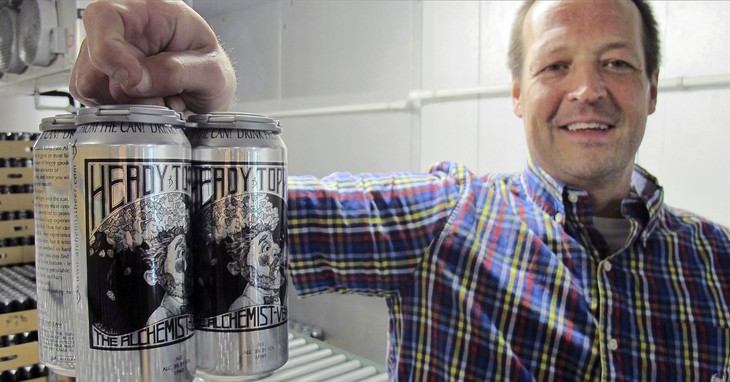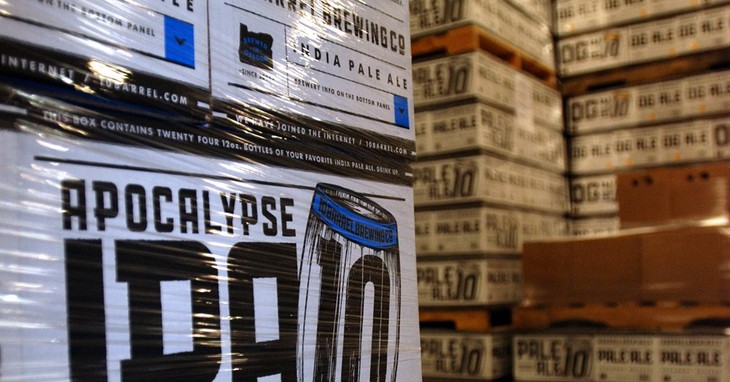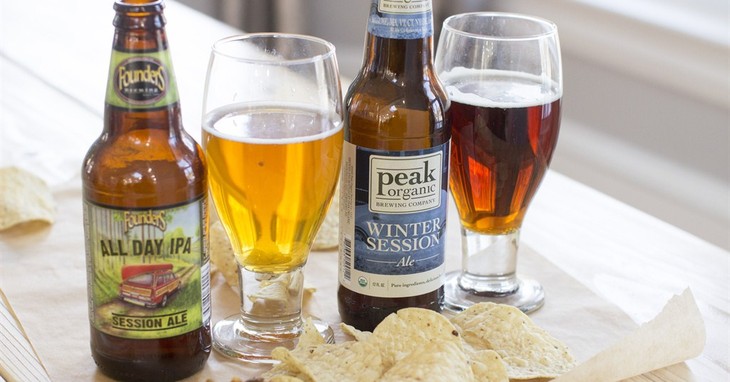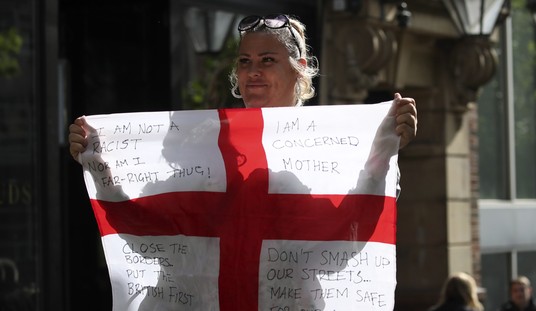Years ago — in another era when life was yet to be sullied by things like terrorism, wokeness, and governmental “protections” — I was able to make a visit onboard a British destroyer. There was a military event staged at Port Everglades and the general public was permitted to tour vessels from a few nations. As we were escorted by our affable hosts we steeped through one hatch into a darkened room. Roughly the size of your average living room this was the sailor’s nightclub, complete with a small bar.
There was a Brit manning the taps and he was serving us mugs of Watney’s Red Barrel. ”Unless you Yanks prefer cold ale, I ‘ave some as well.” We endured the room temperature suds, marveling that they allowed drinking onboard the ship. The guides informed us how the sailors are granted a daily ration, maintaining a longtime British tradition of ensuring their soldiers are properly lubricated. This standard is the birthing of what has to be argued is the most popular beer style in the U.S. today — The IPA.

With the explosion of craft beer over the past generation the emergence of various beer styles being made available has led to the exploration of new brews, and India Pale Ale has become something of the new standard. IPAs alone were close to accounting for $1 billion in sales, and their popularity is responsible for many alterations in the beer landscape.
Bitter Realities
The IPA namesake comes from British colonial rule. As the empire expanded to other continents there was a desire to bring the beers of the homeland to their soldiers, and then the ex-pats living in faraway lands, such as the Caribbean, and particularly India. Porters were the drink of the soldiers and workers, but then the foreign nationals, officers, and affluent investors abroad demanded better brews. The problem was the lengthy shipping time to reach the new land.
In order to avoid the delivery of barrels of skunked brew, a newer style was developed. An ale was created in the manner of those beers made in the Autumn months, like Bock, or Oktoberfests, which were made with the idea of extended storage during the winter months. However, while those beers kept better in the cold conditions, when it came to the long shipping times in warm climates there was an added challenge, so the style was adapted for those voyages.

In order to have a product that was still potable after a 4 to 6-month trek on the seas the beer makers raised the alcohol content, and they spiked their brew with a higher concentration of hops. This means the current favorite style in the nation is based on preservatives. This is why until recently there was more of a uniformity; if you prefer an IPA you could just order one, as it mattered little.
A Bitterness Feud
The popularity of the style led to brewers placing more of a focus on hops, the piney, citrusy flavoring component in beer. There was a premium placed on the IBU measurement, the International Bitterness Unit, and some beer makers were striving to outdo each other in the process. By the year 2000 in California, there was the start of beer festivals for beers that were double-hopped, something unique enough that many of those brewers participating had to concoct all-new recipes. This led to the race to the top of the IBU meter, with some brews taking on the personality of a grapefruit peel.
This has also led to the fluidity of the style. Many types of beers load in the hops, and whether it is a gose, witbier, shandy, or even lagers and pilsners, if there is a prominent hop presence it can end up labeled as an IPA. The problem I have experienced is this has led to uniformity, both in marketing and in flavor. This overreliance on the hops occludes the other components of the beer’s mash bill, and nuance is frequently tossed out the window.
Many brands have come out with labels that tout their desire to deliver on the sour and scale, with triple-hopped being an offering. Dogfish Head Brewery had its variation, created in the 1990s, where hops were added at regular intervals for an hour and a half. This was their flagship 90 Minute IPA, and has spawned a sequel, 120 minute IPA, and what could be called a prequel — 60 minute IPA.

Thankfully we are starting to see some discipline come into play. Where it used to be reliable that you could get a pint of Pine-Sol on tap, now we are finding more options that are relying more on craft than on dumping yet another basin of hops pellets into a vat. Now there are brewers making blending decisions on various hope varieties in their recipes.
Along with this refocus on technique there have been encouraging developments in the cultivation side. While Europe was the primary source of hops for generations the expansion in the US of the IPA market decades back led to a similar expansion of the American hops market. Most hops production is located in the Pacific Northwest, and numerous new cultivars have been developed, lending new flavor profiles beyond the norm of bitter, as some new breeds have more citrus and even fruity profiles.
To this day my preference is to avoid the IPA. There is too much emphasis placed on the secondary ingredient and it tends to eclipse the underlying elements. On occasion, I will still indulge in the random selection, and while I have found them to be more potable than previous incarnations I hold residual resentment. My deeming of this class of brew as ‘overrated’ has inspired some harsh reactions over the years, but my refusal is not to be seen as banning of others.
If you have a desire to consume preservatives that taste like floor cleaner, do not let me dissuade you from the enjoyment of an assault on your tongue.














